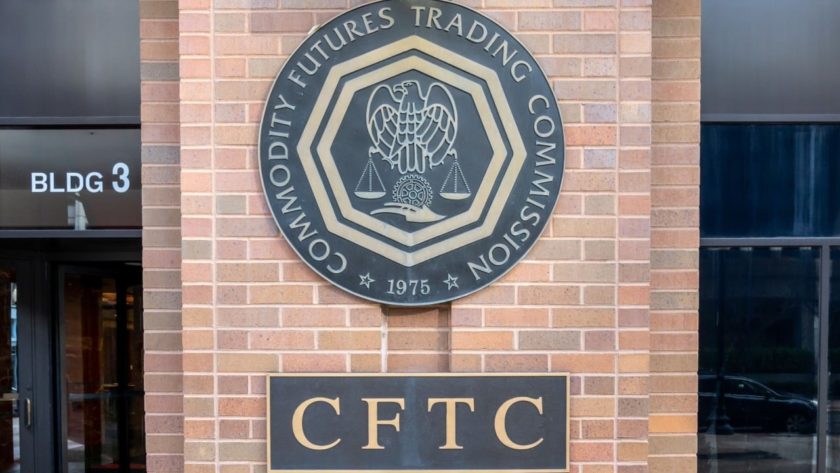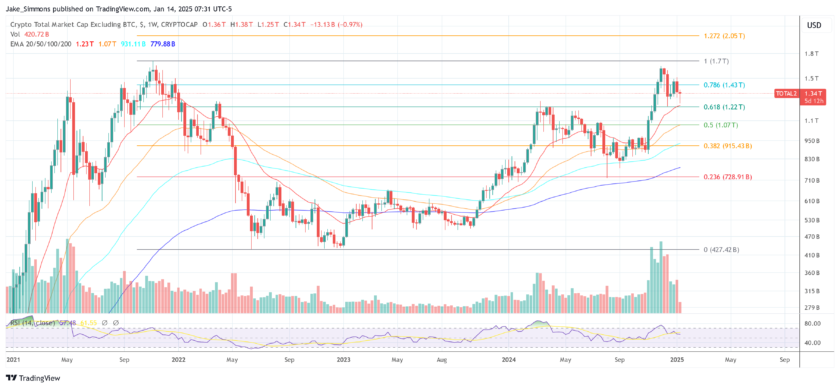The Blockchain Transparency Institute, or BTI, has published its market data integrity report for 2020. This report found a threefold improvement in the quality of data on veteran crypto rankings site, CoinMarketCap.
“Only 31% of the [CoinMarketCap] top 25 is being wash traded compared to over 90% just 1 year ago, a 3x improvement with their new rankings system,” the report states.
Research for the report was compiled as part of “BTI Verified,” an initiative launched by BTI to analyze the problem of crypto exchange data being distorted by wash trading.
Despite the improvement over the past year, CMC was ranked 4th in the report’s analysis of major crypto data sites — behind competitors such as Nomics, Coingecko and CryptoCompare.
“8 major wash trading exchanges still found on the current CMC top 25 have found a way to beat the new ranking system by faking orderbook liquidity, using ghost trades, and purchasing web visits,” BTI Verified claimed.
In response to the report’s findings, Gerald Chee, head of research at CoinMarketCap, argued that CoinMarketCap’s prominent status in the industry has spurred exchanges to tailor their data manipulation strategies to its systems:
“We are the largest data aggregator in the crypto space, and exchanges will try their very best to game our ranking systems – but not our competitors. This is a reason why our rankings are consistently gamed. Think of it in the SEO game. Hardly anyone tries to game their ranks on Bing, but everyone tries to get top rank on Google.”
Chee clarified CMC’s approach to tackling the false reporting of trading volumes on exchanges.
First, he said that it is “technically impossible for any data aggregator or provider to detect wash trading from the outside,” noting that data sites “are all consumers of exchanges’ API data.”
To do so would require “account trading data to create a graph model that would reveal how trades are executed and purposefully detect wash trades,” he said.
However, CMC’s model attempts to detect outliers by comparing web traffic data and liquidity. In other words, it looks to detect whether there appears to be “too much volume” for too few users or “too little” liquidity. This method, Chee claimed, sufficiently detects outliers “in at least 80% of exchanges or market pairs.”
BTI Verified’s report attributes the improvement in crypto data sites’ accuracy to new individual pair rankings — yet it underscores that exchange market makers have already found ways to manipulate these metrics.
The report credits CMC’s inclusion of web traffic and liquidity metrics, as well as confidence scores, with contributing to its exchange rankings “looking much better than they were a year ago.”
However, BTI Verified claims that any exchange can purchase web traffic and use ghost orders in order to trick liquidity metrics. This could enable some exchanges to continue faking their way into CMC’s top rankings. The report notes that such practices are likely to continue unless data sites’ methodologies are improved.
Chee told Cointelegraph that CMC tries to avoid “subjective biases in our methodology,” meaning the site refrains from purposefully “marking down” a given exchange.
Notably, two well-known exchanges, OKEx and Huobi — each of which report high liquidity and a high number of unique visitors — had their reported volume reduced by 52% and 84% respectively by CMC competitor Coingecko using its “volume normalization” algorithm. They received a C rating from Nomics’ data transparency
Unlike other sites, who analyze data transparency and assign a low rating where applicable, CMC considers the transparency of API to be a “subjective exclusion method.” Chee said:
“We believe that [transparency of API] is not a good indicator for wash trading detection. An exchange can provide a lot of “transparent” information regarding their trading data, yet employ bots to execute most of the trades internally.”




